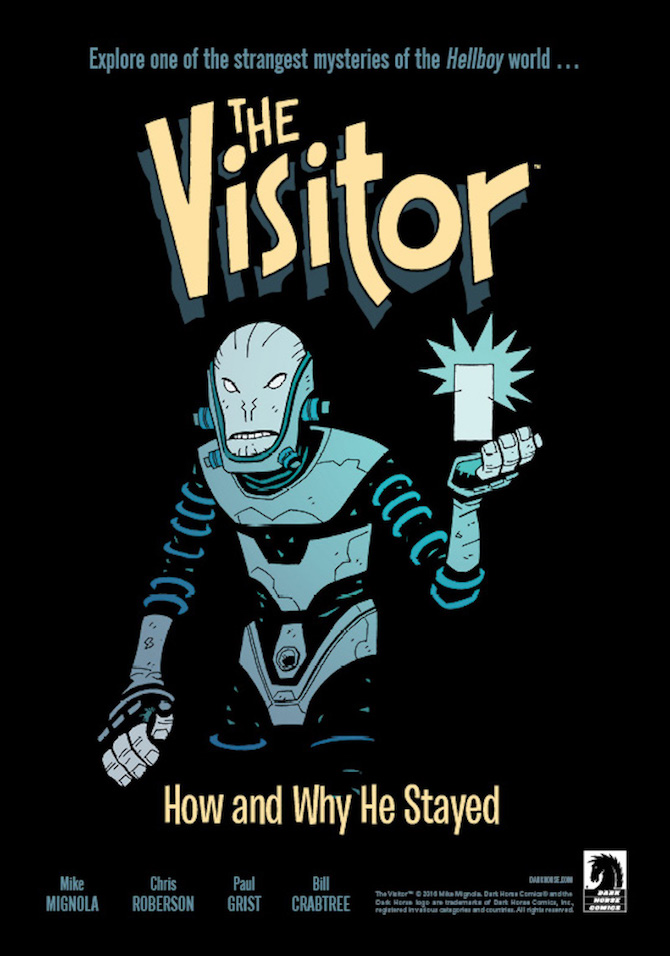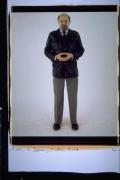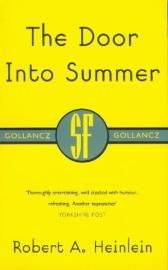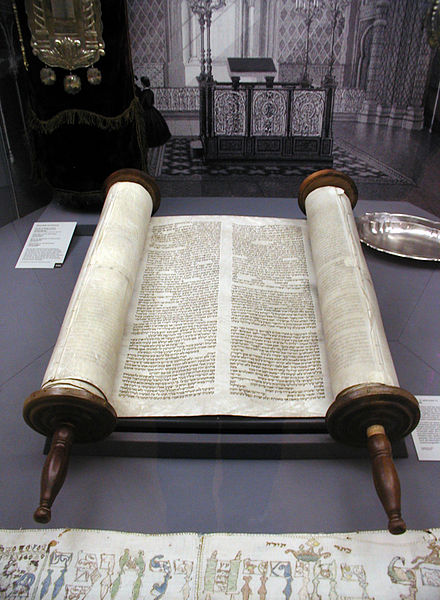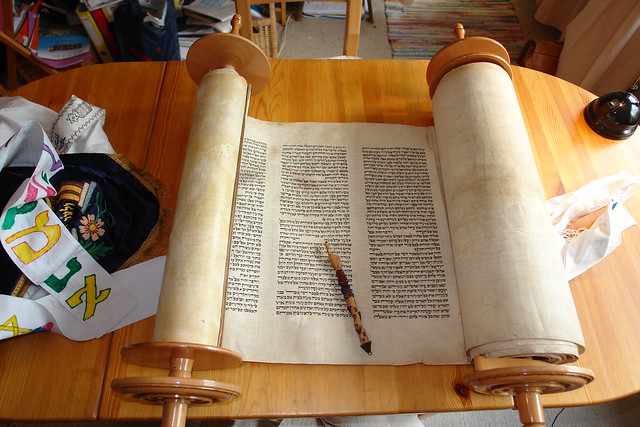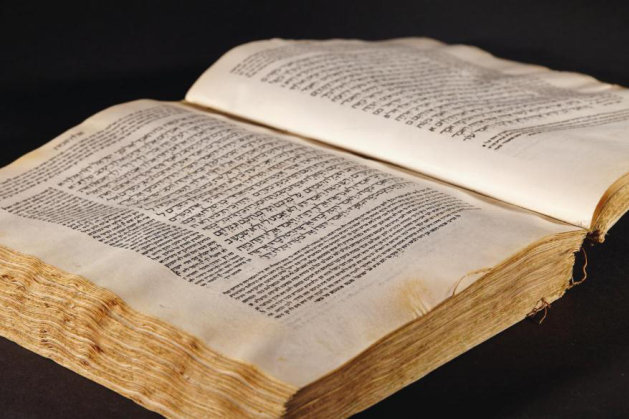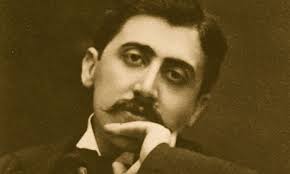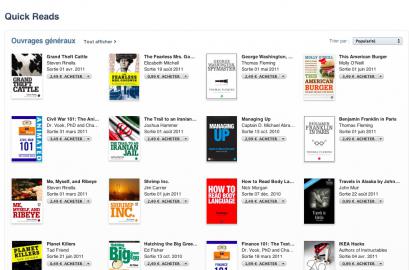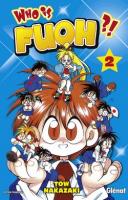How Judaism reads the Torah I / II
Dossiers

Poésies d'ici, poèmes d'ailleurs
La poésie a longtemps été considérée comme l'apanage des âmes sensibles, des rêveurs et des romantiques. Mais qu'en est-il vraiment ? Est-ce un art réservé à une élite ou peut-on tous s'y adonner ?

Mangas.io : l’avenir du manga numérique ?
Une application pour lire ses mangas en illimité et légalement : la communauté l’attend depuis des années. Cependant, aucune solution ne semble pour l’instant satisfaire les millions de lecteurs pirates français... Mais grâce à son système à l’abonnement, Mangas.io tente de faire évoluer le marché du manga numérique.

Le Manque : chansons et plus si affinités
Le groupe Le Manque se compose de deux vaillants troubadours – ou trouvères, en regard de leur position géographique. Christophe Esnault dans le rôle principal et Lionel Fondeville derrière la caméra, arrosent internet de leurs vidéos, depuis Charte. Avec humour option 40e degré, voir gratte-ciel ou prosaïsme déconcertant.

Robots, extraterrestres, IA, humains... qui aura le dernier mot ?
Ah, l'ère technologique ! Une époque où nos téléphones sont plus intelligents que nos animaux de compagnie, où nos montres peuvent nous dire combien de pas nous avons faits (comme si cela comptait vraiment après cette pizza quatre fromages) et où nos réfrigérateurs peuvent nous rappeler d'acheter du lait. Mais attendez, ce n'est pas tout !

Luca Di Fulvio : l'homme qui riait de l'Histoire
Luca Di Fulvio est un écrivain italien contemporain dont le talent a traversé les frontières. Né en 1957 à Rome, il a su, dès son plus jeune âge, que les mots seraient sa vocation. Après des études en dramaturgie, il s'est lancé dans l'écriture, mêlant habilement histoire, suspense et émotions. Décédé le 31 mai 2023 à l’âge de soixante-six ans, il laisse une oeuvre foisonnante, ancrée dans l'Histoire.
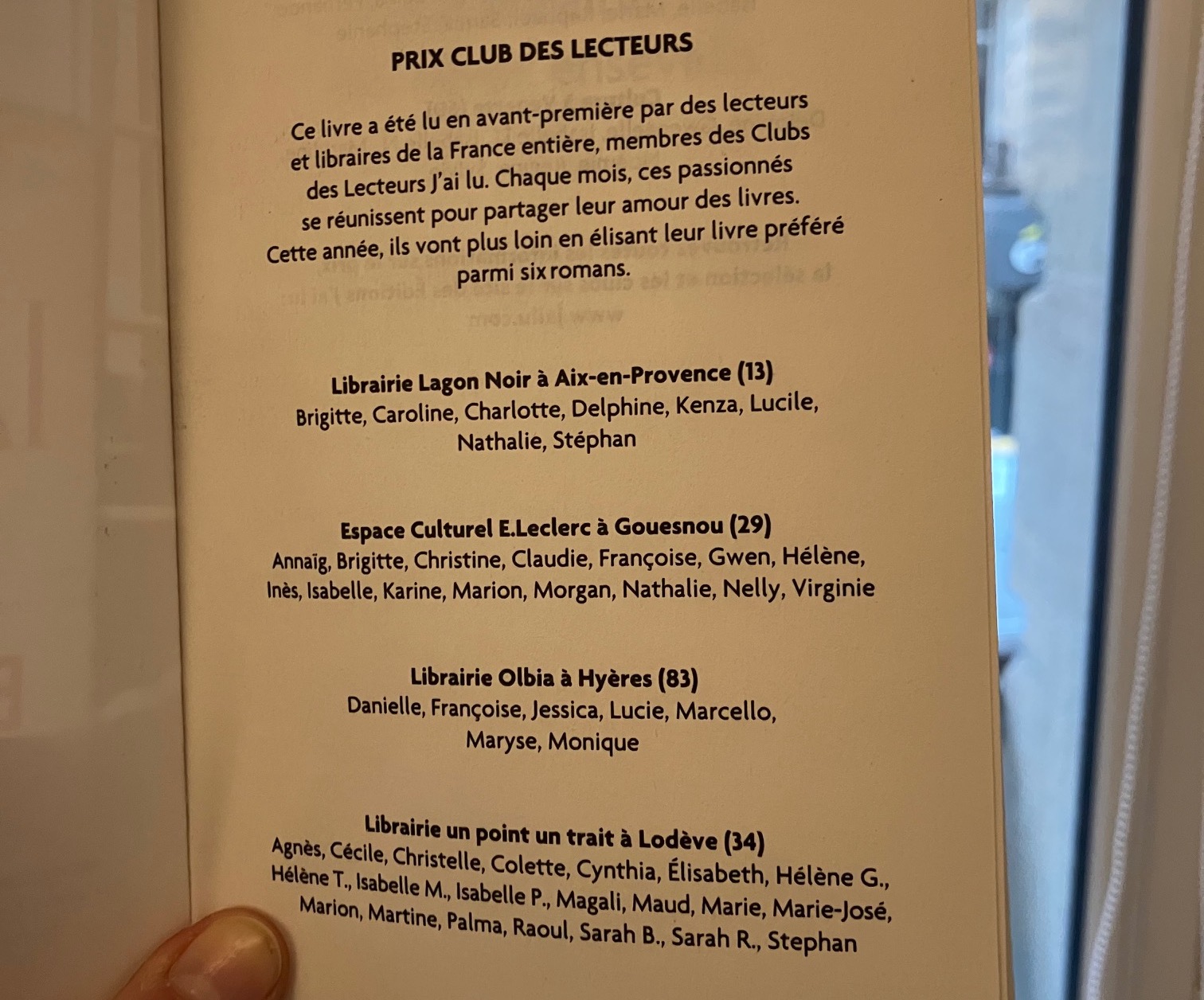
Les éditions J'ai lu inaugurent le Prix Club des lecteurs 2023
Les éditions J’ai Lu ont souhaité se doter d’un prix véritablement incarné par ses votants, c’est-à-dire prix avec des vrais lecteurs dedans. Cette année, la maison lance donc son Prix Club des Lecteurs, une opération au long cours qui prolonge un dispositif d’animations pensé pour tous.
Extraits
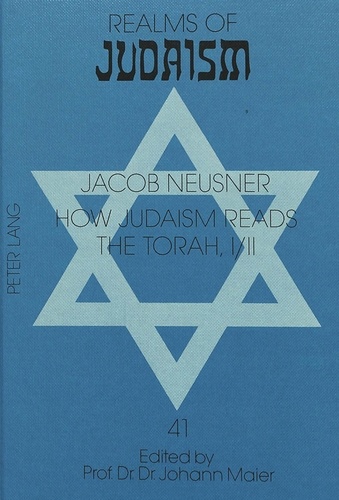
Non classé
How Judaism reads the Torah I / II
10/1993
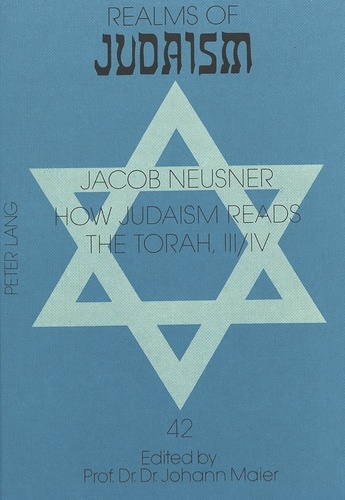
Non classé
How Judaism reads the Torah, III
09/1993
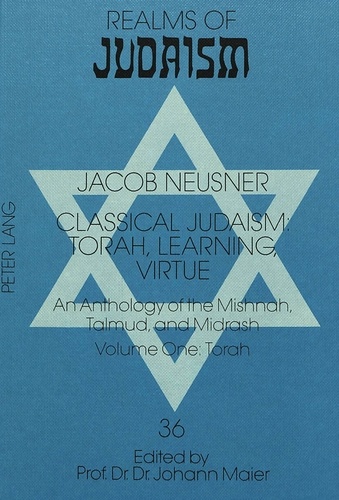
Philosophie
Classical Judaism: Torah, Learning, Virtue
09/1993
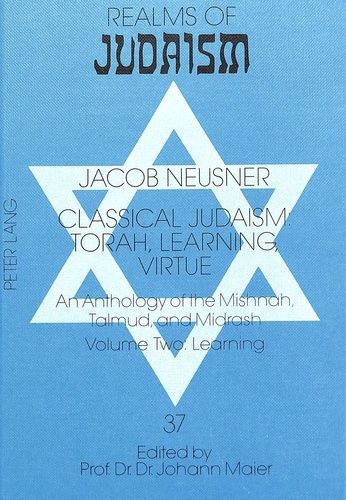
Religion
Classical Judaism: Torah, Learning, Virtue
09/1993
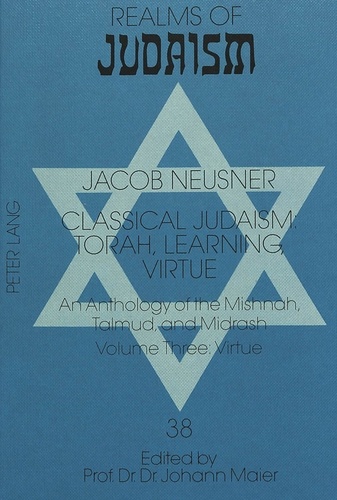
Non classé
Classical Judaism: Torah, Learning, Virtue
10/1993
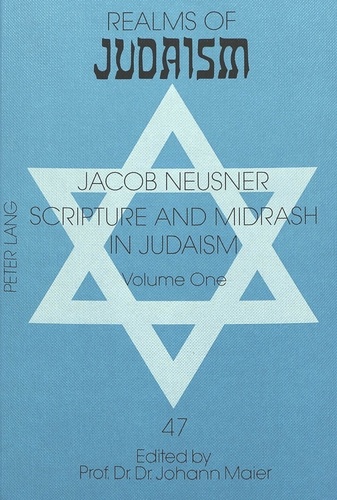
Sciences politiques
Scripture and Midrash in Judaism
03/1994


